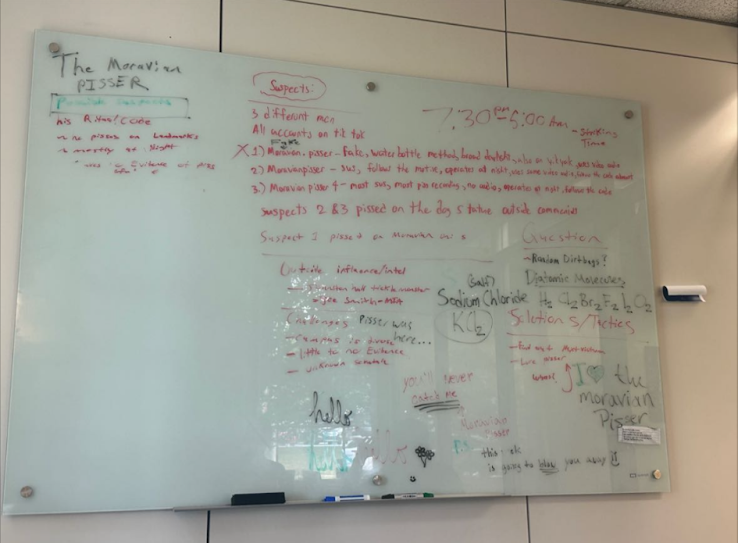Card games have been played in many cultures throughout the history of the world. Ireland, of course, has its own. Particularly popular in the very late medieval and early modern period, around the 15th to 17th centuries, card games were a popular pastime, both on land and at sea. Gambling was popular among seafarers, such as the famed Pirate Queen Gráinne Ní Mháille, who was noted as being highly skilled at various games of gambling, for example.
Here are two of my favorites of 16th-century Irish card games!
One and Thirty –
A precursor to the modern game of Blackjack, this game, popular both in Spain and Ireland, requires at least two people. Dating to 1440 at the earliest, this game begins with each player receiving three cards, face down, dealt first to the player directly to the left of the person dealing the cards.
Then, the same person who was first dealt cards, the player to the dealer’s left (known as the “Eldest hand”), can discard any card in their hand. The card must be placed face up. The player who discarded one from their hand then draws the top card from the deck or may alternatively pick up the card placed down previously to their own.
The player who comes the closest to the total number of 31 with three cards of the same suit in their hand wins.
Play continues with discarding one card at a time, ending when a player knocks twice on the table or whatever playing surface is being used (this may be done at any time.) After this knocking, the other players may discard one final card before all hands are revealed, and the winner is discovered.
A player who hits 31 exactly automatically wins, and they do not have to wait for someone to knock to end the round. If there is a tie between players, the game is redealt.
Additional scoring notes: Aces are worth 11, any face card is worth 10, and number cards are worth the number on them. Three of a kind in different suits is worth 30 and a half points.
Maw –
The earliest record of this game comes from Ireland in 1551 and was the favorite game, reportedly, of King James I. The game goes as follows:
Two to ten players can play this game. Everyone playing bets an even amount to enter the game. One wins the game by achieving either 3-5 tricks or otherwise preventing the other players from doing so themselves.
The winner of three tricks wins the pot. If no one wins in a given round, another bet is wagered and added to the pot, and a new hand is dealt. The first who reaches three tricks automatically wins the pot; however, if the game is played to the fourth trick, one must play to the fifth pot to win.
If this is the case, more is wagered each round. If a player does not take the final two tricks, they are penalized by having to match the amount already in the pot.
Each player is dealt five cards from a standard deck of cards. The top card of the remaining deck is then turned face up, determining the trump (a card that determines which suit will automatically out-rank the other three. In this case, the trump cards are worth five.)
After the trump card, jacks are ranked second, then any aces, regardless of the trump suit. Then, the ace of the trump (other than of hearts), then finally, the king and queen cards. Depending on the color of their suit, the trump cards rank differently. Red cards are ranked from 10 down to 2. Blacks are ranked two up to 10. Non-trumps are worth similar amounts.
Play commences with the person to the dealer’s left. This person plays a card, and all the other players then take turns playing cards of the same suit if they have it. If they do not have the suit, they may play a trump card instead. If there is no trump, then they may play any card (only if they do not have a matching suit or trump card.)
They may not play the Five and Jack of Trump or the Ace of Hearts if they do not desire to. The lesser trump must be played if the player does not have a matching suit card.
Rules may be altered throughout the game by the dealer, who must clearly state these changes before dealing and the commencement of betting.
*** Please play responsibly and safely.








